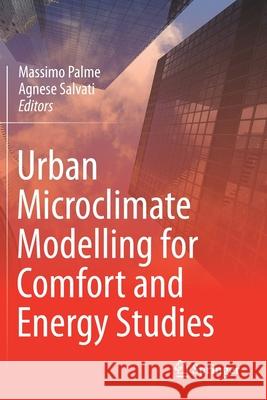Urban Microclimate Modelling for Comfort and Energy Studies » książka
topmenu
Urban Microclimate Modelling for Comfort and Energy Studies
ISBN-13: 9783030654238 / Angielski / Miękka / 2022 / 582 str.
Urban Microclimate Modelling for Comfort and Energy Studies
ISBN-13: 9783030654238 / Angielski / Miękka / 2022 / 582 str.
cena 583,65 zł
(netto: 555,86 VAT: 5%)
Najniższa cena z 30 dni: 578,30 zł
(netto: 555,86 VAT: 5%)
Najniższa cena z 30 dni: 578,30 zł
Termin realizacji zamówienia:
ok. 20 dni roboczych.
ok. 20 dni roboczych.
Darmowa dostawa!
Kategorie:
Kategorie BISAC:
Wydawca:
Springer
Język:
Angielski
ISBN-13:
9783030654238
Rok wydania:
2022
Ilość stron:
582
Waga:
0.80 kg
Wymiary:
23.39 x 15.6 x 3.0
Oprawa:
Miękka
Wolumenów:
01
Dodatkowe informacje:
Wydanie ilustrowane











